In Fruitvale Station, Cake, Dope, and Mudbound, Rachel Morrison’s cinematography immerses viewers in marginalized characters’ points of view.
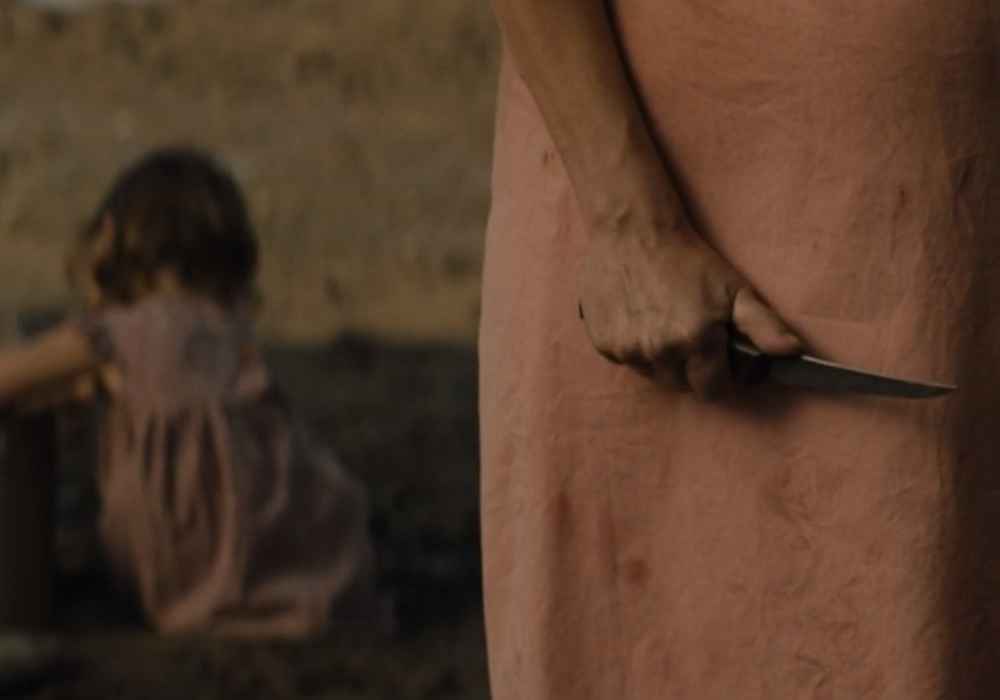
Discover one film you didn’t know you needed:
Not in the zeitgeist. Not pushed by streamers.
But still easy to find — and worth sitting with.
And a guide to help you do just that.
In an interview with The Hollywood Reporter, cinematographer Rachel Morrison said, “I believe the job of the cinematographer is to visualize emotion — things we, as women, are inherently good at.” Morrison’s character-driven cinematography toys with distance, framing, and lighting to steep her works in feeling, demanding that audiences empathize with her underdog subjects.
Cinematography defines the visual character of a film. Directors collaborate with their DPs to execute their visions, but the final product is ultimately in the cinematographer’s hands. In such films as Fruitvale Station (2013), Cake (2014), Dope (2015) and now Mudbound, Rachel Morrison’s unique visual aesthetic centres marginalized characters, particularly characters of colour. Morrison is more than just a historic Oscar nominee for her work on Mudbound: the first woman or lesbian cinematographer to be nominated in the category. She has provided the vision for some of the most prominent independent films of the last decade.
Fruitvale Station (2013)
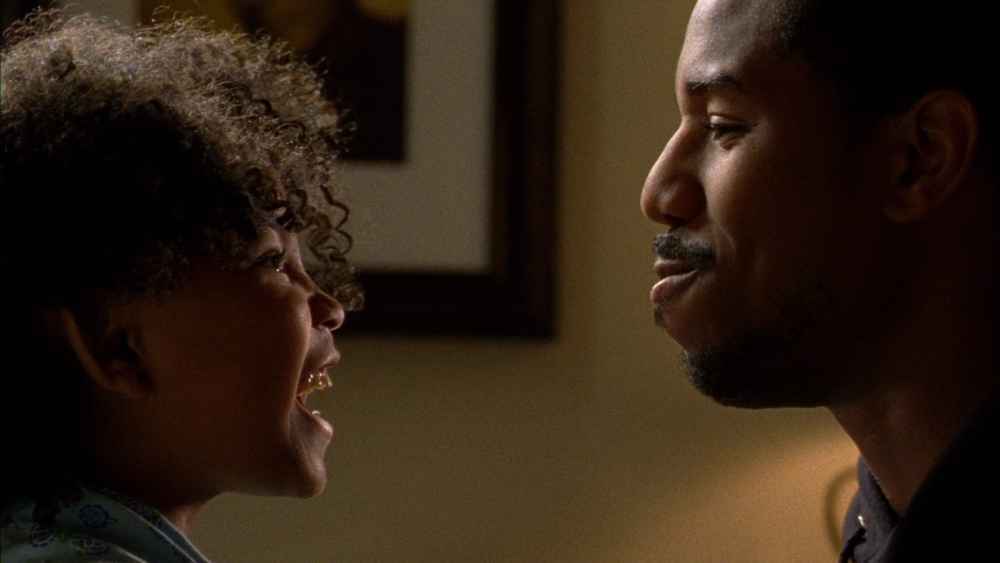
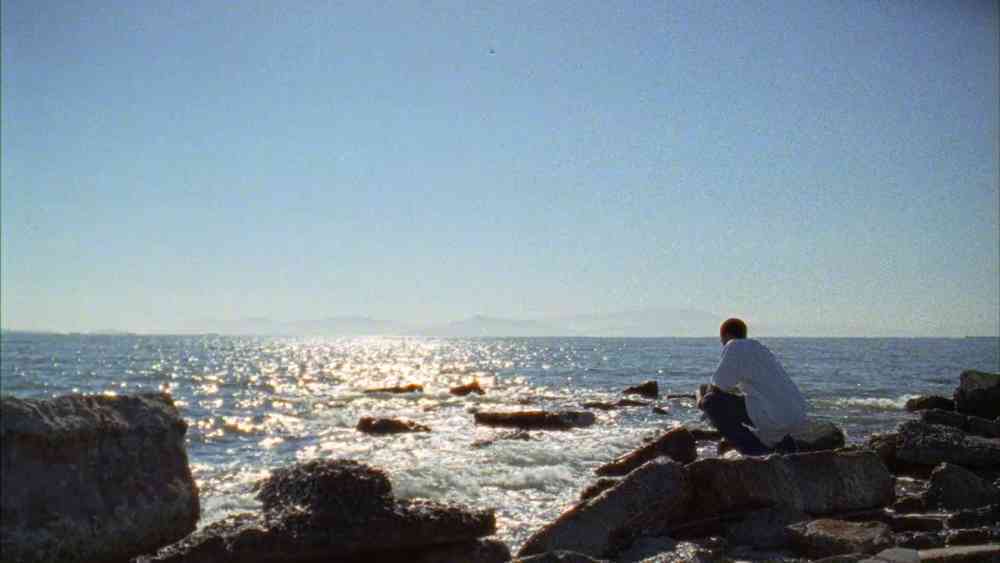
Fruitvale Station, Ryan Coogler’s directorial debut about the police murder of Oscar Grant (here played by Michael B. Jordan), is an early example of Morrison’s empathetic work. Morrison models the film after harrowing cell phone footage of the real-life shooting — first aesthetically, and then most literally during the film’s climax — by using minimum lighting and grain, evoking both intimacy and danger. In the moments leading up to Oscar’s shooting, Morrison portrays him as if through a cell phone: the aspect ratio becomes claustrophobically vertical, shakycam techniques mimic a handheld device, and the film is at its grainiest. Those shots and the film’s overall low-tech, distant feel also reference that digital medium and cohere the film to its chilling opening — real-life cell phone footage of the Grant murder.
Morrison and Coogler honour Oscar Grant’s legacy in Fruitvale Station; their collaboration brings out the heartbreaking best in their cast’s performances. The film addresses Oscar’s real-life drug arrests and economic struggles, but always with a compassionate eye. Close-ups and warm lighting auspiciously highlight Oscar’s loving family life. Colder, distanced shots point at his inner conflict. When Oscar decides to dispose of his drugs, fulfilling his New Year’s resolution to stop dealing, Morrison shoots at a distance, almost losing him in the wide expanse of the ocean. It’s a meditative shot that conveys Oscar’s introspection without relying on a more conventional close-up of Jordan’s face.
Cake (2014)
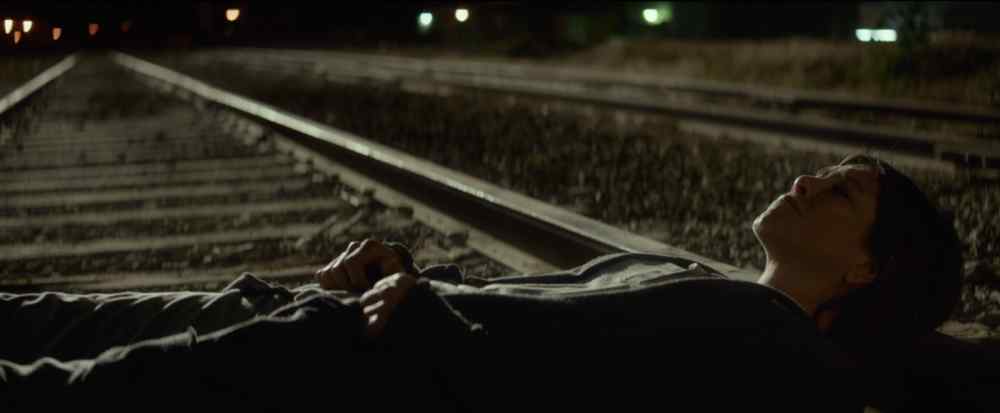
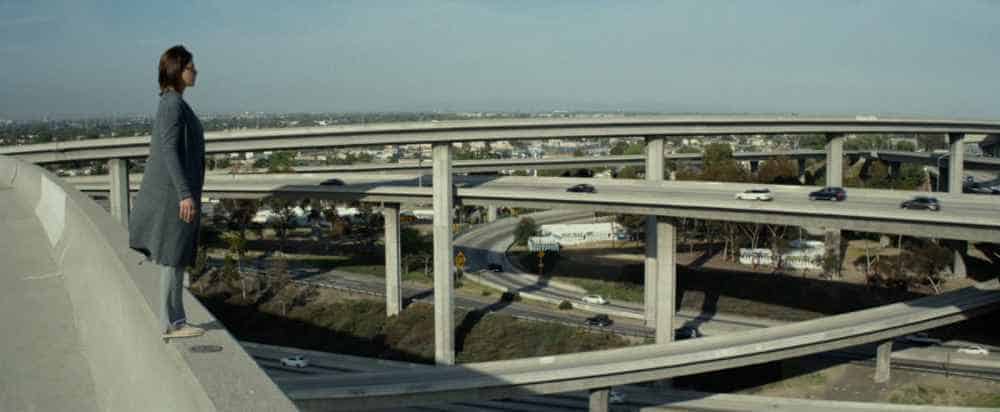
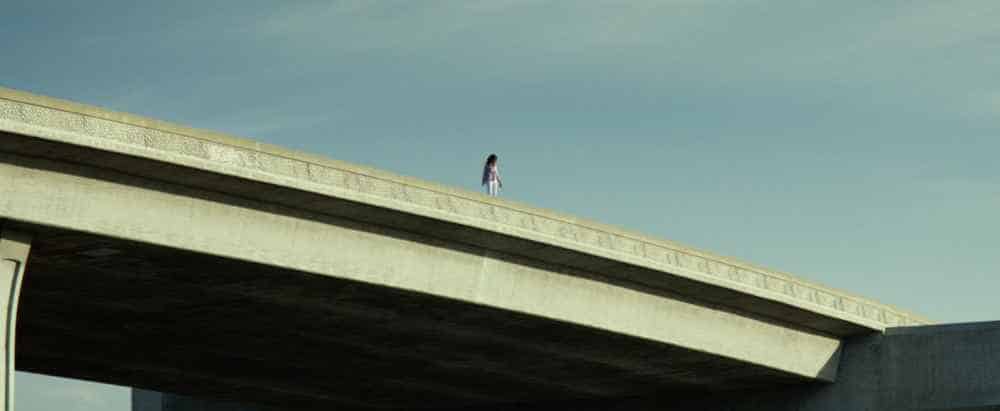
In Cake, Morrison brings fair representation to both female protagonists and disabled people in the form of Claire (an excellent Jennifer Aniston), a misanthropic woman navigating chronic pain. Morrison aligns viewers with Claire by visualizing her emotional and physical pain, whether by emphasizing the gaping spaces of Claire’s empty house in lingering camera movements, or honing in on Claire’s face as she withstands sex (which is excruciating because of her condition). In these shots, Morrison wraps Claire’s story up in layers of loneliness that contrast and complicate even her prickliest behaviour. She manipulates people and screams curses at her caregivers, but the film frames her as lonely, hurting, and even relatable, rather than just antagonistic.
[clickToTweet tweet=”In CAKE, ‘Morrison wraps Claire’s story up in layers of loneliness that contrast and complicate even her prickliest behaviour.'” quote=”In CAKE, ‘Morrison wraps Claire’s story up in layers of loneliness that contrast and complicate even her prickliest behaviour.'”]
Audiences see Claire’s story through her eyes, sometimes literally. Too-perfect Nina (Anna Kendrick), Claire’s hallucination of a suicidal former group therapy-mate, is bathed in warm light, while underwater shots and hues of blue recall Claire’s muffled mentality. The silent, weightless haven of the underwater world calls to Claire both as a means of suicide and a way to revisit her trauma: the film’s subaqueous shots and Claire’s grief become clearly inextricable once we see her deceased son’s aquarium-themed bedroom. Sun-soaked Los Angeles becomes a dour place: its looping highways are treacherous coils and its sirenic backyard swimming pools are placid abysses, coloured ominously by her misery.
As in Fruitvale Station, Morrison uses camera distance and light temperature to externalize her characters’ complex emotions. One breathtaking shot during Claire’s suicide attempt frames her as if she’s the only person in the world, a body fighting insurmountable darkness. Her fantastical reimagining of Nina’s suicide does the same, painting her as a pinprick overlaid on a highway backdrop. Nina, the perfect mother Claire can never be, is ultimately not that different from Claire herself. The film is stylized to complicate and soften Claire’s pain-addled mulishness, and it is impossible not to feel for her.
Dope (2015)
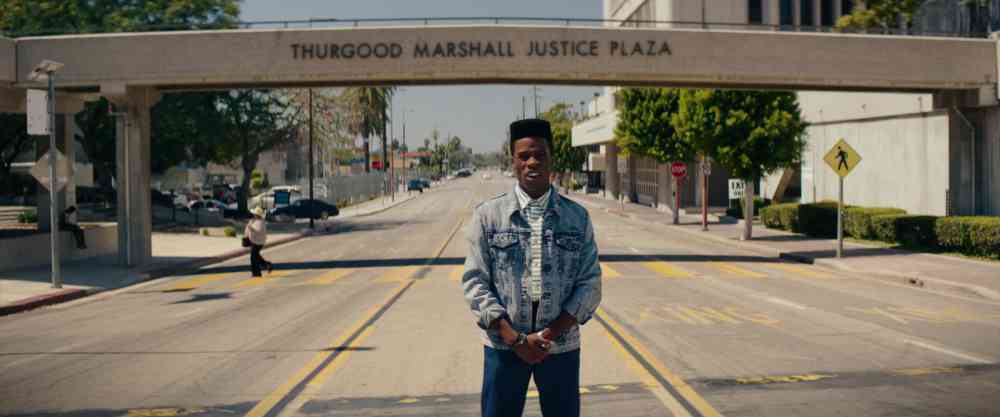
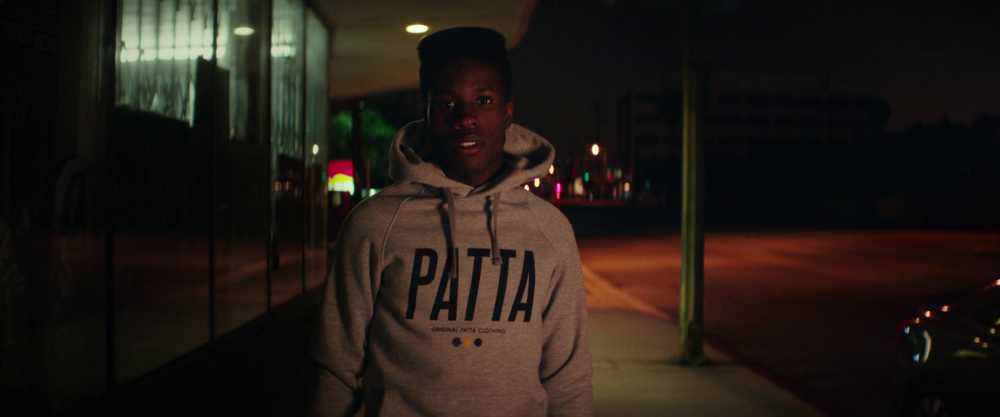
With 2015’s Dope, Morrison took on a less dour subject: a comic book-esque movie about three inner city kids trying to navigate love and college applications — until a brick of molly falls into their laps. The film is primarily shot in a third-person style: the camera follows the kids from a distance instead of showing the world through their eyes.
In the film’s final act, Morrison changes that third-person style. She forgoes observational distance and instead focuses directly on her protagonist. As lead Malcolm (Shameik Moore) is rewriting his supplemental essay for Harvard, the film delves into a delicious, fourth-wall-breaking speech. Malcolm delivers his essay to the audience, highlighting his social awkwardness and entrepreneurial success. He ends with, “So why do I want to attend Harvard? If I was white, would you even have to ask me that question?” In those moments, Malcolm speaks to camera from various Inglewood locales, narrating his own story in a style that stands in direct contrast to the omniscient voice-over of the film’s first half. These visuals drive home Malcolm’s questions about racial and economic inequality, as the camera forces viewers to look at him and really listen to his speech.
Though natural lighting complements and highlights his dark complexion throughout the film, Malcolm is especially striking in these scenes. While properly lighting dark-skinned actors may seem simple, it is in fact an accomplishment borne of decades of technological development. These scenes show Malcolm as an empowered young black man; Morrison’s empathetic work correspondingly highlights his skin tone.
[clickToTweet tweet=”Malcolm’s monologue in DOPE ‘shows him as an empowered young black man; Morrison’s empathetic work correspondingly highlights his skin tone.'” quote=”Malcolm’s monologue in DOPE ‘shows him as an empowered young black man; Morrison’s empathetic work correspondingly highlights his skin tone.'”]
This sequence documents Malcolm’s transformation from sidekick to hero. Where the camera merely followed him before, now Malcolm fixes the camera with his gaze. His surroundings supplement him as a foreground fixture instead of swallowing him. Rather than a hapless player, acted upon, he is finally the protagonist of his own story.
Mudbound (2017)
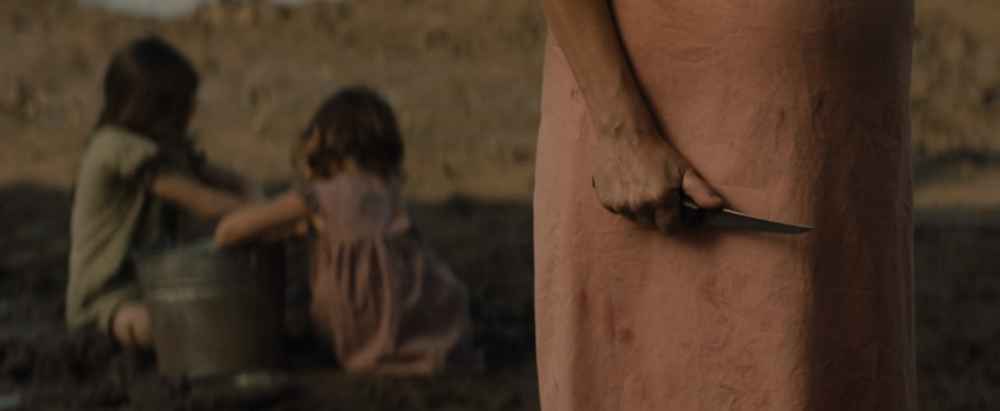
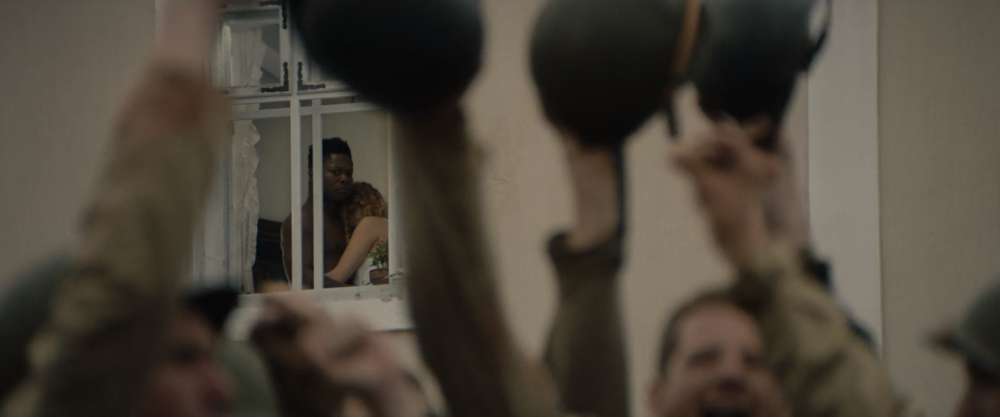
Two years after Dope, Morrison brought her empathetic style to full fruition in Dee Rees’ Mudbound. Set in Mississippi in the aftermath of World War II, the film centres on the McAllan and Jackson clans — the former white landowners and latter black sharecroppers — as they navigate family troubles, war trauma, and Jim Crow. Clocking in at 134 minutes and featuring an outstanding ensemble cast, Mudbound is a long, complex work, with flashbacks and narration from multiple and contrasting characters.
Time and perspective shift like a shoe in the damp Mississippi earth. Still, Morrison is careful to offer each character their moment in the sun. By composing Mudbound’s frames with each character’s motivations in mind — using white light and distance to evoke the privacy and intimacy of a romantic moment, or showing the viewer an image through a key character’s eyes — Morrison makes sure nothing gets lost in translation. However, her talent for putting us into the perspective of each character would mean very little without her ability to stitch these disparate viewpoints into a cohesive whole. Morrison’s shifting cinematographic viewpoint elevates Mudbound to its full dramatic potential, and away from the melodramatic or dull historical lecturing it could easily have been. As illustrated by two key moments in the film, Mudbound is the pinnacle of Morrison’s empathic work.
[clickToTweet tweet=”‘Morrison’s shifting cinematographic viewpoint elevates MUDBOUND to its full dramatic potential, and away from the melodramatic or dull historical lecturing it could easily have been.'” quote=”‘Morrison’s shifting cinematographic viewpoint elevates MUDBOUND to its full dramatic potential, and away from the melodramatic or dull historical lecturing it could easily have been.'”]
The first such moment takes place when an erratic, knife-wielding woman named Vera (Lucy Faust) approaches Laura McAllan (Carey Mulligan) and her children. Morrison introduces the conflict by focusing on the knife, framing it in the foreground and in direct juxtaposition to Laura’s blurred children in the background. Proceeding shots focus on each woman as she speaks, framing them from their matching pregnant bellies up. Audiences immediately understand Laura’s priorities as a mother and head of her household. The film narratively and visually compares Laura to her lower-income neighbour Vera, who has come undone at the hands of her abusive husband. Laura feels continuously neglected by her own husband and is just trying to stay afloat. Both women are pregnant mothers, willing to do whatever they can for their children. Vera holds her weapon tensely, perhaps ready to use it. She is unstable, but Laura could easily be pushed to the same extremes, too.
Rather than dismissing Vera as merely insane, Morrison is honest about Vera’s dangerous potential and Laura’s fears, without undercutting Vera’s struggles. Morrison depicts Vera as a threat, but her shots of the unstable woman, even from Laura’s high-class perspective, do not pass any judgment. Although erratic, Vera is still a battered woman, her anguished body language taking up as much space as the knife. These shots are filled with unspeakable tension, and tell audiences more about what’s at stake for Laura and Vera than any voice-over could.
Morrison evokes similarly visceral intimacy in scenes between Ronsel Jackson (Jason Mitchell) and his German lover. Though they hardly say a word to each other throughout the film, Ronsel reveals via voice-over that this woman makes him feel at home. Visuals illustrate a bond between the lovers that has not been explicitly addressed in the narrative. While Ronsel talks happily of bedding women while at war, shots of the couple show that their attraction is romantic as well as sexual. Morrison does that connection justice by bathing the couple’s every interaction in soft, cool lighting (to highlight their white surroundings) and framing them off-centre.
Watching Rosnel and his lover feels like being let in on a secret, as if Morrison is granting viewers access into another world. When war ends in Germany, Morrison’s framing drives home the intimate, secretive nature of their relationship. Ronsel warily looks out the window, his lover in his arms, as soldiers celebrate in the foreground, dwarfing the couple. As a young interracial couple in a world defined by racism, Ronsel and his lover were together against all odds, united by the chaos of war. For him, the end of WWII signals a painful loss. Morrison’s use of distance in this shot imparts that desolation onto the viewer.
[clickToTweet tweet=”In MUDBOUND, ‘watching Rosnel and his lover feels like being let in on a secret, as if Morrison is granting viewers access into another world.'” quote=”In MUDBOUND, ‘watching Rosnel and his lover feels like being let in on a secret, as if Morrison is granting viewers access into another world.'”]
Rachel Morrison went to the Oscars with Mudbound in part because she marries the film’s look to its setting. She uses celluloid-era lenses on a digital camera to create warm, Southern vignettes and steeps the dirt-obsessed film in shades of brown. But it’s Morrison’s framing choices that make Mudbound so uniquely heart-wrenching. Audiences get a front-row seat to each character’s every emotion, and sharp visual choices clue us in to their complex motivations. Given her work on such films as Fruitvale Station, Cake, and Dope, Rachel Morrison’s cinematography in Mudbound is both the next logical step in her career and the pinnacle of her uniquely empathetic visual style. Although she didn’t win an Academy Award, Rachel Morrison produced an Oscar-worthy product with Mudbound. And her filmography demonstrates she’s going to again.
In our Behind The Lens series, we talk to cinematographers about their craft, how they approached developing the aesthetic for a particular film, and how they adjust their style to work with different directors. For our Special Issue on Lean on Pete, we talked to cinematographer Magnus Jønck about telling a subjective story and collaborating with production designer Ryan Warren Smith to develop the film’s aesthetic. For our Special Issue on You Were Never Really Here, we talked to DP Tom Townend about his role throughout the filmmaking process, collaborating with Lynne Ramsay on the script, and even calling his father, a former surgeon, to consult about how the characters would be affected by gun shot wounds. For our issue on Thelma, we talked to cinematographer Jakob Ihre about choosing lenses, lighting, and cameras to create a naturalistic look; we previously talked to him about his work on Louder Than Bombs. For our issue on God’s Own Country, we talked to DP Joshua James Richards about his work on that film and Chloé Zhao’s The Rider.

